
- Shandong Loyal Industrial Co.,Ltd.
- SHORT-CUT PASTA PRODUCTION LINE LONG-CUT PASTA PRODUCTION LINE INSTANT PASTA PRODUCTION LINE
Home> Application> What You Need To Know About Using A fFully Automatic Pasta Production Line

What You Need To Know About Using A fFully Automatic Pasta Production Line
Introduction
Pasta, a culinary favorite worldwide, holds immense significance in the food industry. Its versatility and widespread popularity contribute to a growing demand for efficient pasta production solutions. As consumers seek diverse pasta options, businesses face the challenge of meeting these demands while maintaining high-quality standards.The Macaroni Pasta Production Line technology of Shandong Luoya Industrial Co., Ltd. has introduced advanced technologies from TECHNOPAST and Lineapasta .
In the dynamic landscape of the food industry, innovation is key to staying competitive. As food preferences evolve, businesses must continuously adapt to meet consumer expectations. This section introduces the concept of a fully automatic pasta production line, positioning it as a strategic innovation for businesses aiming to elevate their pasta production efficiency.

The promise of efficiency lies at the heart of fully automatic pasta production lines. By automating key processes, businesses can significantly enhance their overall operations. This section sets the tone for exploring how embracing fully automatic systems can revolutionize the efficiency of pasta production, leading to increased output and improved quality.
Technology Behind Fully Automatic Pasta Production Lines
The efficiency of fully automatic pasta production lines is rooted in their advanced technological components. Pasta extruders, automated mixing systems, and precision cutting mechanisms form the backbone of these systems. Each component plays a crucial role in optimizing the pasta production process, ensuring consistency and quality.
Smart automation takes pasta production to the next level by utilizing advanced control systems. Sensors monitor and adjust parameters in real-time, ensuring precise control over factors such as temperature and ingredient proportions. This level of control not only enhances efficiency but also contributes to the reliability of the entire production process.
Recent innovations in pasta production automation showcase the industry's commitment to staying at the forefront of technology. From robotic arms performing intricate tasks to AI algorithms predicting and preventing issues, businesses are adopting cutting-edge technologies to improve efficiency and maintain a competitive edge.
Efficiency Unleashed: Benefits of Fully Automatic Pasta Production Lines
Fully automatic pasta production lines revolutionize the industry by significantly boosting production capacity. The precision and speed of these systems enable businesses to meet the ever-growing demand for pasta products. Industry expert, Dr. Amanda Turner, affirms, "The adoption of fully automatic pasta production lines has proven to be a game-changer, allowing manufacturers to scale their operations efficiently."

Beyond increased output, fully automatic pasta production lines incorporate energy-efficient features. These measures not only contribute to environmental sustainability but also result in substantial cost savings for businesses. Environmental scientist, Dr. Matthew Carter, notes, "The integration of energy-efficient technologies in pasta production aligns with global efforts to reduce environmental impact, making it a win-win for both businesses and the planet."
Automation ensures unparalleled quality assurance and consistency in pasta production. The precisely controlled processes and standardized procedures guarantee that every batch meets the highest quality standards. Quality control specialist, Dr. Sarah Reynolds, emphasizes, "The reliability of fully automatic pasta production lines ensures consistent quality, providing consumers with a product they can trust."
Implementation Strategies for Businesses
While the benefits are clear, businesses must carefully consider various factors when adopting fully automatic pasta production lines. Factors such as existing infrastructure, workforce readiness, and potential disruptions need thoughtful evaluation. Automation consultant, Dr. Michael Harris, advises, "A thorough assessment is crucial to successful implementation. Businesses should strategically plan and address challenges to ensure a smooth transition to fully automated systems."
Examining case studies provides tangible evidence of the transformative impact of fully automatic pasta production lines. Case study analyst, Dr. Emma Rodriguez, presents real-life examples of businesses that seamlessly transitioned to automation, showcasing improved efficiency and overall success. These success stories serve as inspiration and practical insights for businesses considering such a transformation.
Future Trends and Outlook
The future of pasta production holds exciting possibilities with emerging technologies. Futurist, Dr. Jason Peterson, envisions, "The integration of advanced robotics, enhanced AI algorithms, and the Internet of Things (IoT) will shape the next phase of pasta line automation. These technologies will further elevate efficiency, responsiveness, and adaptability, positioning businesses for sustained success."
As sustainability becomes a focal point, the future of pasta manufacturing will witness a surge in eco-friendly practices. Sustainability expert, Dr. Olivia White, suggests, "The industry is moving towards sustainable sourcing, waste reduction, and energy-efficient processes. Businesses that align with these practices will not only contribute to environmental well-being but also meet the evolving demands of conscious consumers."

Conclusion
In conclusion, the adoption of fully automatic pasta production lines unleashes unparalleled efficiency in the production process. From increased production capacity to energy conservation and quality assurance, businesses embracing automation experience a transformative impact on their operations. Industry analyst, Dr. Christopher Baker, summarizes, "The efficiency unleashed by fully automatic pasta production lines not only addresses current market demands but also positions businesses strategically for future growth and sustainability."
The journey towards efficiency and innovation in pasta production begins with the embrace of fully automatic pasta production lines. Business strategist, Emma Thompson, urges, "As the industry evolves, businesses are encouraged to proactively invest in technology, explore automation possibilities, and stay at the forefront of innovation. Embracing these changes ensures not just survival but leadership in the competitive landscape."
Contact Us

- Shandong Loyal Industrial Co.,Ltd.
- Telephone+86 13176674591
- Email[email protected]
- WhatsApp+86 13176674591
- WeChat13176674591
- AddressC623, Jiahui Global Plaza, No. 548, Beiyuan Street, Tianqiao District, Jinan City, Shandong Province
- Factory AddressADD -300m North of Zhangxia Industrial Park, Binhe Road, Zhangxia Town, Changqing District, Jinan
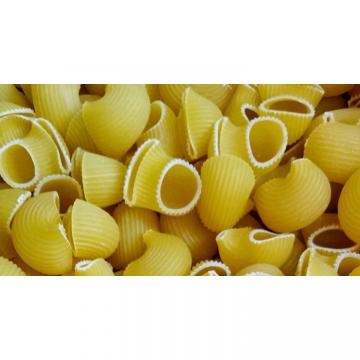

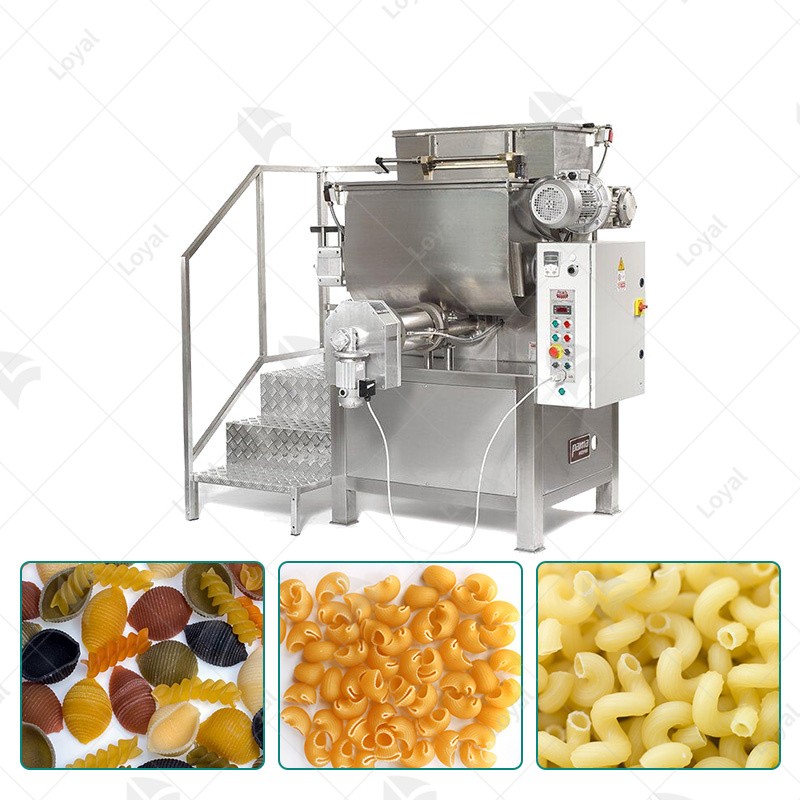

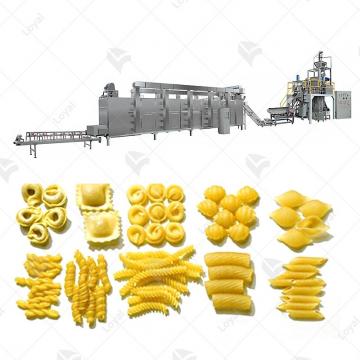
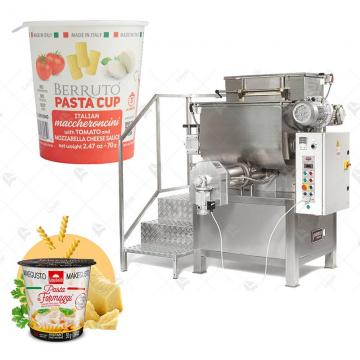 INSTANT PASTA CUP PRODUCTION LINE
INSTANT PASTA CUP PRODUCTION LINE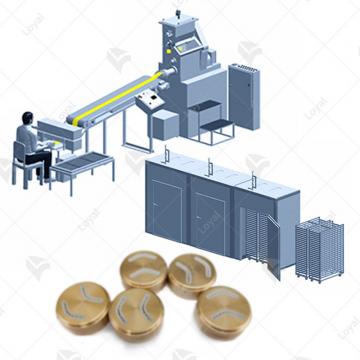 Combined Automatic Pasta Sheeter
Combined Automatic Pasta Sheeter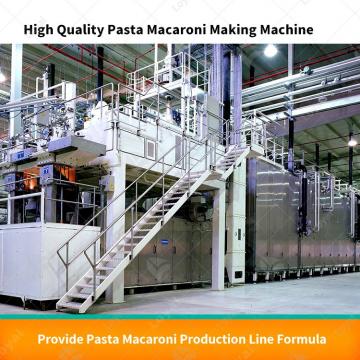 DRY PASTA PRESS MACHINE
DRY PASTA PRESS MACHINE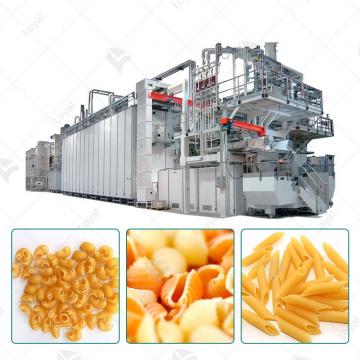 VACUUM PASTA EXTRUDER
VACUUM PASTA EXTRUDER